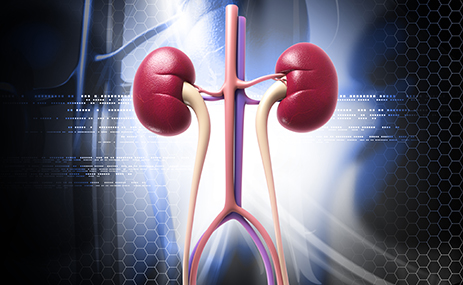We are well aware of the multifactorial nature of hypertension, as well as the fact that it responds well to medication and lifestyle changes.

It can be treated with renal denervation (RDN), which has been shown safe and effective in several randomized and non-randomized studies. However, the group of patients that will benefit most from this technique remains to be defined.
337 from the SPYRAL HTN-ON MED (randomized, sham-controlled, blinded trial) were analyzed applying certain inclusion criteria.
These criteria required patients to be over 20, and present uncontrolled hypertension, defined as in-office +150 mmHg/-180 mmHg systolic blood pressure (BP) and =/+ 90 mmHg diastolic BP. In addition, at 24 hr. ambulatory BP monitoring, systolic BP should be at least 40 mmHg but not go over 170 mmHg under treatment with up to 3 standard anti-hypertensive medications.
Of 337 patients, 206 received RDN and 131 made part of the control group (CG).
Read also: Low vs High Dose Drug Coated Balloons in Femoropopliteal Territory.
Safety primary end point was defined as a composite of major adverse events (MAE), including all-cause death, terminal kidney disease, significant thromboembolism resulting in terminal organ damage, renal artery perforation, dissection requiring intervention, vascular complications requiring surgery, percutaneous intervention, thrombin injection, transfusion, emergency hospitalization or hypertension crisis, or new lesion to the renal artery of 70% or larger, at 6 months.
Efficacy end point looked to identify a -5±-12 mmHg adjusted treatment difference in BP at 6 months. Patient populations were similar: mean age 55, 20% women, 15% diabetic, 16% smokers, 15% with sleep apnea, and 12% using CPAP/BiPAP. Also, 6% had heart disease, 1% a history of stroke, and 2% a history of acute coronary syndrome.
39% of patients were taking only one antihypertensive drug, 33% were taking two and 29% were taking three. In-office blood pressure was 163/101 mmHg and 24 hour ambulatory BP monitoring was 149/96 mmHg.
Read also: Coronary Calcification: More Frequent Use of Coronary Lithotripsy as a Recommendation.
At 6 months, there were no significant differences in efficacy primary end point at 24 hour ambulatory BP monitoring, with -4.4±-7.3 mm Hg reduction for RDN patients and -3.4±7.6 mm Hg for the control group (adjusted treatment difference: -1.0 [95% CI: -2.6 a 0.7], p=0.24; Bayesian treatment difference: -0.03 mm Hg [Bayesian credible interval 95%: -2.82 to 2.77 mm Hg]; posterior probability of superiority: 0.51). However, in-office systolic and diastolic BP saw a significant reduction, as well as night-time BP, in patients receiving RDN compared to the control group.
There were no differences in safety end point (just one event) at 6 months, and RDN patients needed fewer drugs vs. the control group (1.9 vs. 2.1; p=0.0085).
Conclusion
To sum up, even though there were no significant differences between the groups in the primary analysis, multiple secondary end points in this study favored patients undergoing RDN vs. the control group.

Dr. Carlos Fava.
Member of the Editorial Board of SOLACI.org.
Original Title: Safety and Efficacy of Renal Denervation in Patients Taking Antihypertensive Medications.
Reference: David E. Kandzari, et al. J Am Coll Cardiol 2023;82:1809.
Subscribe to our weekly newsletter
Get the latest scientific articles on interventional cardiology





